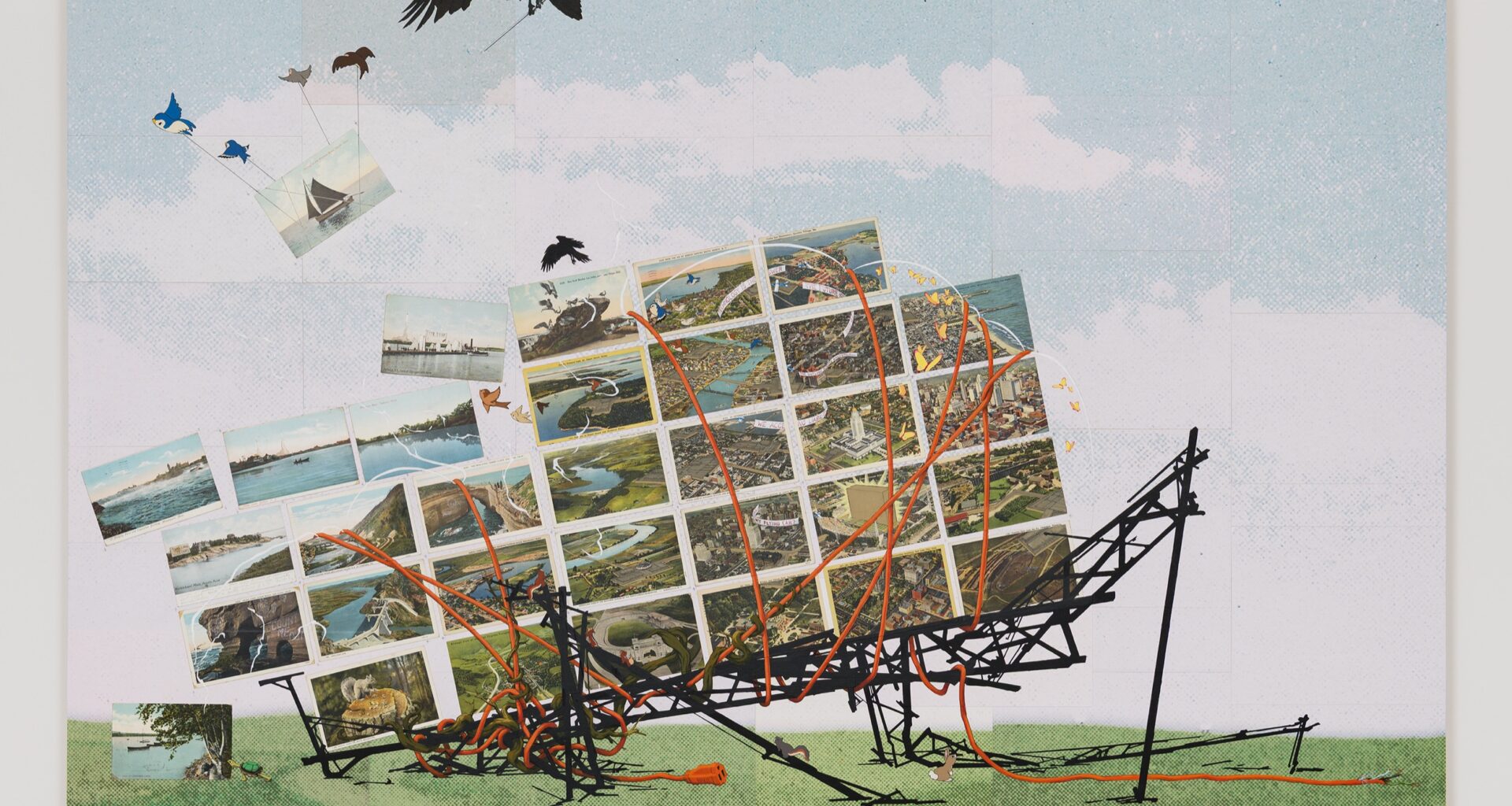Fifteen
Cristin Tierney
September 5–October 4, 2025
New York
Fifteen, a new exhibition at Cristin Tierney, ostensibly marks both the fifteenth anniversary of the gallery and its ambitious relocation to its new two-level Tribeca storefront. Followers of the gallery will be familiar with many of the approximately thirty artists in the exhibition, as they represent a vibrant cross section of the art makers that have shown at and influenced the development of the space. However, it would be a mistake to come into the new gallery expecting a “greatest hits” retrospective pulled from the last decade-and-a-half of exhibition-making. Rather, the show reads better as a snapshot in time, acknowledging the artists that have helped shape the gallery’s reputation for multi-disciplinary, conceptually-driven work while also being firmly rooted in the current moment.
“In 2025 everything changed for me,” Cristin Tierney told an audience at a preview the night before the exhibition opened to the public, explaining that despite the anxiety-inducing climate, “I have incredible clarity right now.” This clarity has helped shepherd the gallery from its former location in the Bowery to a new four-thousand-square-foot space on Walker Street where Tierney intends to renew her commitment to showing a diverse range of artist practices, including performance, video, and multimedia installations.
The clarity that comes from stepping back and surveying the political, psychological, and physical conditions of the present moment is a notable theme within many of the works themselves. This gives the exhibition the feeling of a kind of fractured landscape show, full of literal and figurative topographies and vistas inviting the viewer to take stock of what it means to be here now.
This is most evident in the works that combine historical landscape imagery with modern perspectives and anxieties. In David Opdyke’s Hard Landing (2025), vintage postcards—many depicting images of mid-century American infrastructure—come together to create a fragmented map on the brink of disintegration. The amalgamation teeters on the supports of a collapsing scaffolding as cartoonish birds hoist pieces into the sky, reflecting a collective disquiet about the effect of rapid climate change on the modern world. Similarly, Diane Burko’s painting Grande Jatte Study (1969) treats the viewer to a hyper-saturated reimaging of Georges Seurat’s nineteenth-century pointillism work now framed by the rearview mirrors of a motorcycle. Each mirror catches the image of an asphalt highway, indicative of the vast expanses of American landscape, creating a juxtaposition between Parisian and American ideas of industrialization and leisure.
In a separate room, Dread Scott’s Imagine a World without America (2007), a large green and orange screen printed canvas centers the continents of Europe, Asia, and Africa, pushing most of North America into an unseen margin that exists outside of the frame. Here, Scott invites viewers to imagine a better world, but complicates the offer by taking American systems of power out of the equation. A similar sentiment is found in Canadian duo Jennifer Marman and Daniel Borins’s video piece FU America (2008, remastered in 2025) where a rejection of the United States is written across a blue expanse of sky via skywriter.
